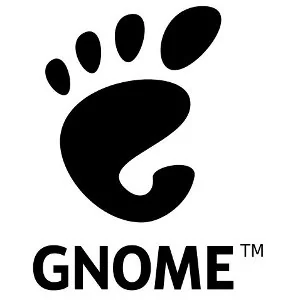GNOME 3.36 Set To Be Released Today With Ongoing Wayland + Performance Improvements

Among the many changes coming with GNOME 3.36 that have been on our radar include:
- Many performance improvements like batching clipping rectangles and other performance tuning. Many performance improvements throughout, continuing the trend in recent years of performance optimizations for the desktop. Intermediate ShadowFB support is another one of the performance additions for helping the GNOME Shell when running on software rasterizers like LLVMpipe. There is also ongoing improvements for GNOME on secondary GPUs driven by DisplayLink adapters.
- Much more efficient GNOME on Wayland screencasting thanks to now leveraging DMA-BUFs.
- Better multi-GPU handling with switcheroo control work as well as supporting NVIDIA's proprietary driver with their option to "launch on discrete GPU."
- There is also a lot of Wayland fixes/improvements. Among the work is fixing the night light mode on Wayland and various XWayland handling updates and using the latest Wayland protocols.
- Tracking and better handling when to disable animations such as when VNC / remote desktop sessions are active.
- Initial Graphene integration by GNOME Shell and Mutter. Though this also ties into the performance front for this library of graphics type primitives and windowing system bits that has various fast paths for different CPU instruction set extensions.
- Librsvg continues leveraging Rust and also has pulled in CSS parsing code from Mozilla's Servo.
- Orca screen reading improvements came up several times through the cycle along with other accessibility improvements.
- Support for GNOME Shell to launch spawned processes within systemd scopes. This is one of the steps to improve out-of-memory behavior for Linux desktop applications as well as being able to more easily kill off other processes when the shell is restarted.
- GNOME's Epiphany web browser has also seen numerous improvements this cycle ranging from fixes to displaying PDFs using PDF.js.
- GNOME Boxes has a new virtual machine assistant and downloads manager.
- Updating of the default favorite applications in changing Rhythmbox to GNOME Music, Shotwell to GNOME Photos, dropping Evolution, adding GNOME Calendar, and also adding Geary.
- WebKitGTK 2.28 has Flatpak sandbox support as well as enabling WebGL and Web Audio in WebKit Settings.
- A GNOME Settings Daemon option to disable USB support when the lock screen is active, an extra security measure.
- Revamping the GNOME Initial Setup a bit and other tweaks throughout. Also from the GNOME Initial Setup area is the start of work on parental access controls.
- Scaled/transformed hardware cursors support.
- a new app for managing GNOME Shell extensions.
Any other interesting GNOME 3.36 changes I missed? Let us know in the forums. GNOME 3.38 meanwhile will be due in September and potentially around the time of that next update we might finally see GTK 4.0 released if they are able to make their latest revised timeline of releasing that big toolkit update this autumn.
27 Comments

